Series on Navigating Sticky Employee Conversations
Part 2 - Manage behaviors, not feelings
Welcome back to our series on navigating sticky conversations with employees. We left off talking about using storytelling as a tool and how you can use asking questions as a way to navigate sticky conversations with employees. We want your team to see that you’re committed to working with them and developing them. It will grow their problem-solving skills. It will make them believe that you care about them and your patients. It will make them start to look for solutions before even coming to you in the future.
Don’t avoid your team over the fear of a little conflict! Flip your mindset and realize that conflict is not a bug, it’s truly a feature of any organization and when you grow your own skills and your team's skills in understanding how to effectively navigate through it, you all come out ahead. Make sure you check out part one in the series before diving in and be sure to check out parts three and four when you’re finished.
Remember, these tools can be applied in lots of different scenarios, and be used by both you and anyone else helping to lead your organization.
Tool 2: Manage behaviors, not feelings.
It’s very easy for a leader to become annoyed and frustrated with the fact that people have negative feelings toward something in your organization, often surrounding a change that has been implemented. Well I’ll tell you right now, that’s your people just being people, they’re normal! You can be frustrated all you want, but it won’t lead to them not having negative feelings at times. So reframe how you think about their reactions.
In our practice, this is referred to as, “You can’t fault people for being normal, so we have to manage behaviors, not feelings.” When you’re coaching a team member, don’t get mad at them for “not yet being on board” with a change. Instead, acknowledge that they feel that way, AND set the expectations that they still need to behave appropriately. Tell them what behavior must change, not that they need to stop feeling a certain way.
Everyone in our practice understands the phrase, “all feelings are acceptable, but not all behaviors are acceptable.” When we are having to implement a change, you might have feelings of high stress and anxiety, however you don’t get to treat your coworkers poorly because of it.
Also, remember that in this situation you are going to be frustrated too. Make sure that YOU are modeling the type of behavior that you expect them to have. Get out of reactive mode and into coaching mode by asking yourself “what is the most generous interpretation I can offer in this situation?” It helps you recognize what skills they may be missing.
So slow down, ask questions to better understand their concern, and remember to keep the conflict about the situation NOT about the person. The problem is the problem, the person is not the problem.
The first time you have a conversation like this might feel overwhelming, but simply having the conversation is a huge step forward in truly being a leader. Remind yourself that even if the conversation didn’t go perfectly, if you chose to address their behavior, it sets a precedent that you are not going to ignore that behavior in the future either. This might not be the last time you address something negative with them, but eventually they will see that it’s easier to comply with your behavior expectation than it is to continually have to talk about that with you. Also, fellow teammates will know that you are leading and supporting them in the process of addressing an employee who is making the work environment difficult.
Remember, we've got more tools and tips coming your way, so stay tuned for the next
blog in this exciting series! And if you want more, check out our course
Foundations for Team Culture - it's packed with more tools and strategies to help you coach and engage your team.









